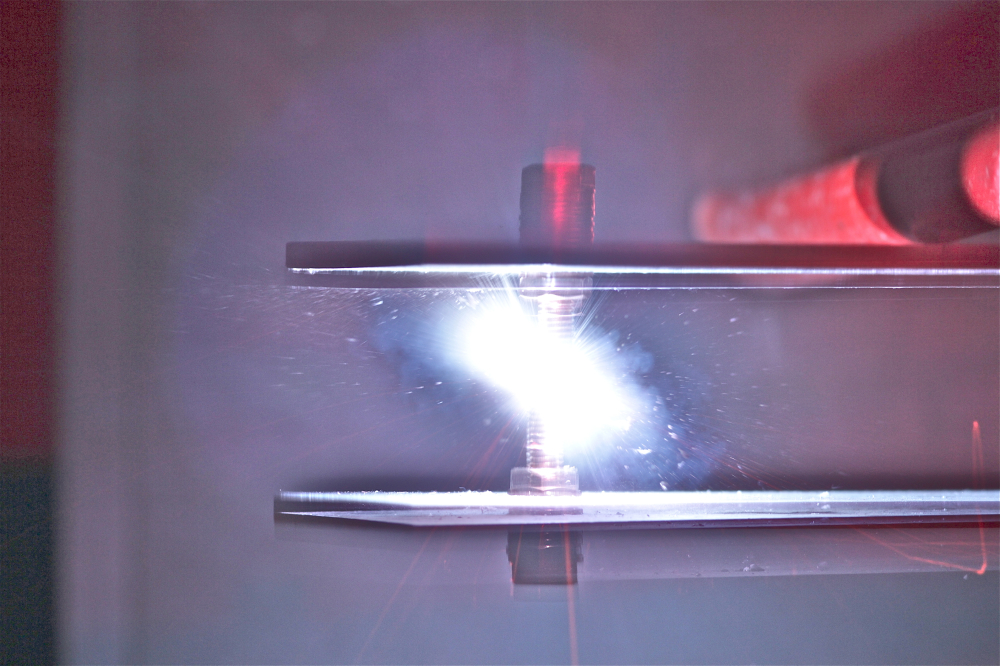
UV, XUV and X-rays

"Dark cloud" regions have been detected by digitally processing photographic images of hydroxide electro-detonation reactions.
Observed dark cloud regions are expected to be consistent with the absorption regions for emissions beyond the visible range, i.e. ultraviolet, extreme ultraviolet and/or soft x-rays, which have a relatively short range in air. Pressure variations, localised heating and secondary emissions from the adsorption region are expected to be responsible for the observed "dark clouds".
"Dark clouds" have been observed when specific catalytic reactants (and/or electrodes) are used.
S. Brink 21st September 2017
Physics
Electro-magnetic emissions beyond the visible range (observed as "dark clouds") may be indicative of electron transitions to below ground state, such the transition of ground state hydrogen to a denser hydrogen state such as n= 1/2, 1/3, 1/4, etc...
"Dark cloud" observations are providing verification to a new Subtle Atomics catalyst identification model.
Experiments
Method: Various fuel mixes were detonated using electical discharge using aluminium alloy electrodes.
Observations: Certain combinations of electrodes and fuels have been slown to produce light flashes with significant "dark cloud" regions indicating significant emissions beyond the visible part of electro-magnetic spectrum, i.e. in the ultraviolet, extreme ultraviolet and/or soft x-ray parts of the spectrum. Reactions producing "dark clouds" were also often accompanied by a loud audible sound.
Conclusions: Observations indicate that it may be possible to observe beyond visible emissions using digital photography and image processing. "Dark cloud" observations indicate that specific catalysts, when used in electro-detonation, may trigger a reaction that differs from conventional chemistry.
Experiments and photography
by Subtle Atomics.

Fuel: H2O + hydroxide catalyst (type 1)
Digital enhancement shows peach "dark cloud" reaction region.
S. Brink 9th May 2016

Fuel: H2O + hydroxide catalyst (type 2)
Digital enhancement shows indigo "dark cloud" reaction region.
S. Brink 21st September 2017

Fuel: H2O + hydroxide catalyst (type 3)
Digital enhancement shows grey "dark cloud" reaction region.
S. Brink 21st September 2017

Fuel: H2O + hydroxide catalyst (type 4)
Digital enhancement shows violet "dark cloud" reaction region
S. Brink 7th October 2017

Catalyst Identification